#temperate forest
Photo
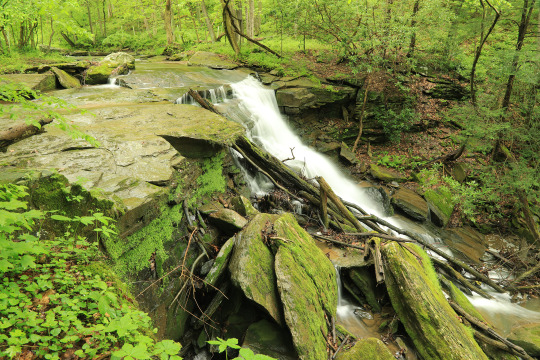

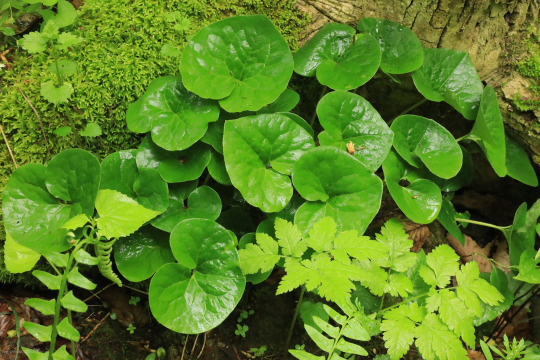


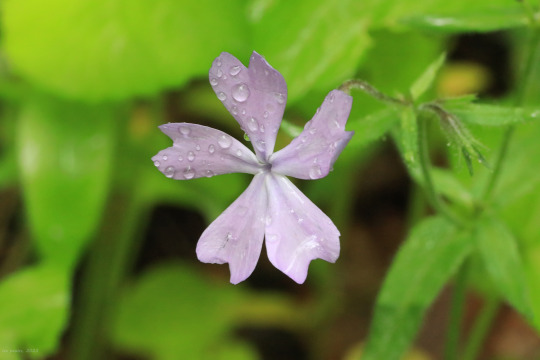
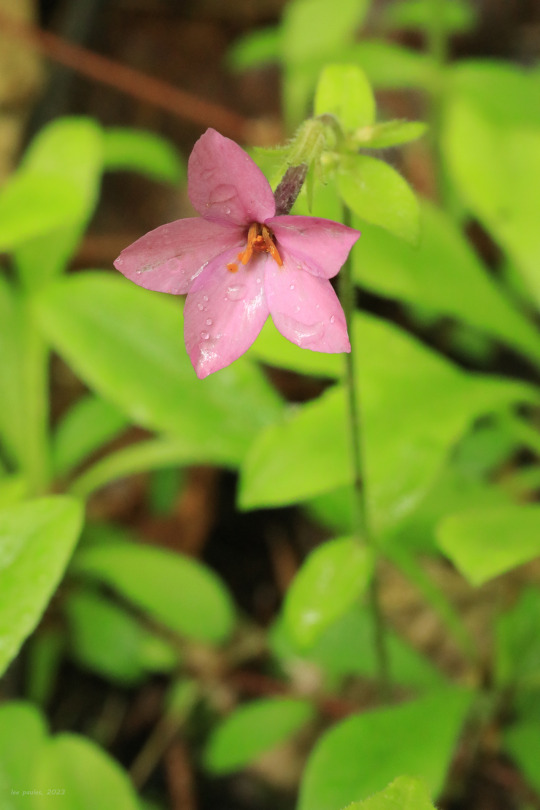
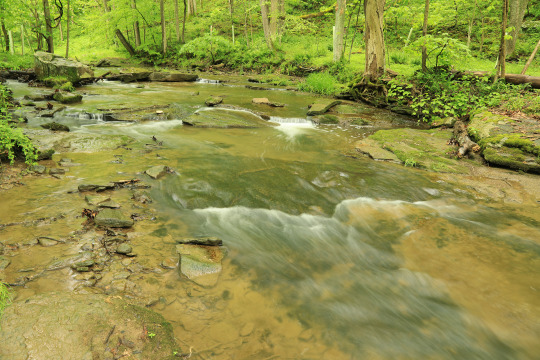
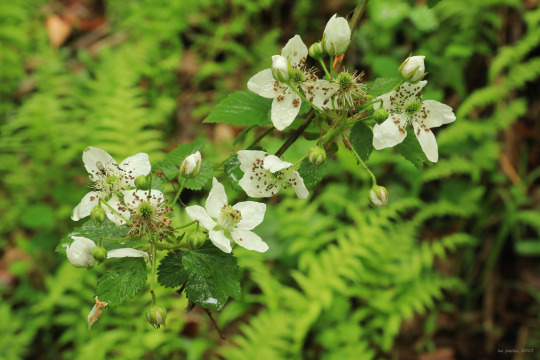
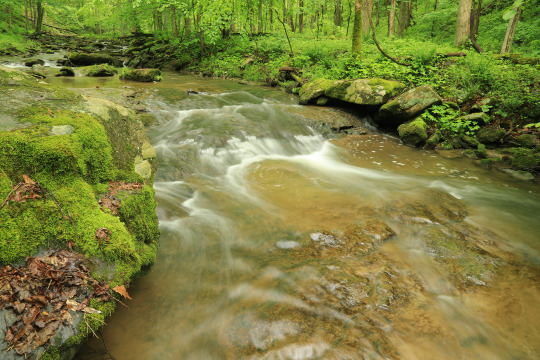
Part 2: After the Rain - Life in an Appalachian Temperate Forest.
From top: Wild ginger (Asarum canadense), also known as Canadian snakeroot; Philadelphia fleabane (Erigeron philadelphicus), a lovely spring aster deserving of a more dignified name; white wood violet (Viola sororia albiflora), a white variation of the common blue violet; woodland phlox (Phlox divaricata), also called wild blue phlox; creeping phlox (Phlox stolonifera), a mountain native and the most delicate and beautiful of Appalachia’s many wonderful phlox species; and Allegheny blackberry (Rubus allegheniensis).
#appalachia#vandalia#west virginia#toms run preserve#west virginia land trust#temperate forest#rain#intense green#flora#wildflowers#may#wild ginger#canadian snakeroot#phildaelphia fleabane#white wood violet#woodland phlox#wild blue phlox#creeping phlox#allegheny blackberry#common blackberry
457 notes
·
View notes
Text
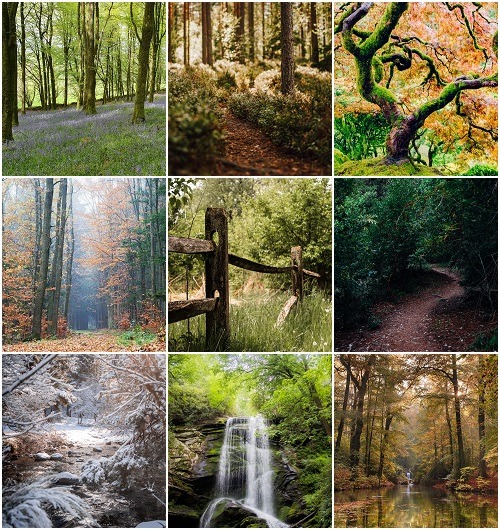
Nature: Biomes - Temperate Deciduous Forest
And into the forest I go to lose my mind and find my soul.
#deciduous#Deciduous Forest#temperate forest#forest#nature#landscapes#aesthetic#moodboard#nature aesthetic#nature moodboard#landscape aesthetic#Landscape moodboard#natural world#natural aesthetic#landscape and nature#Biomes#Forest Biomes#Temperate Deciduous Forest#john muir#forests#woods#walk in the woods#forest aesthetic#forest moodboard
40 notes
·
View notes
Text


living in appalachia means that no matter the weather, no matter the season, every time i leave my house i feel like the luckiest girl in the world
#mine#photography#appalachia#appalachian mountains#blue ridge mountains#blue ridge#southwest virginia#virginia#spring#nature#fog#trees#blackberry#mountains#living out my geopsych dreams taking photos of everything today hehehe#rain#rainy day#temperate forest#ecology
7 notes
·
View notes
Text
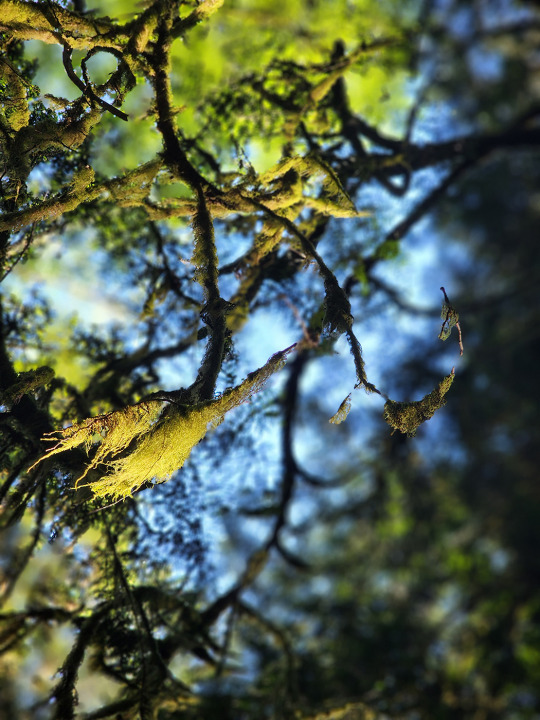
"Beneath the Canopy" photo taken in the Grand Forest on Bainbridge Island in the Pacific Northwest of the United States, Washington State
#moss#forest#my photo#photography#naturephotography#photographers on tumblr#bainbridge island#washington state#pacific northwest#pnw#temperate forest
4 notes
·
View notes
Text

Silly little comic, close-ups of panels below the cut

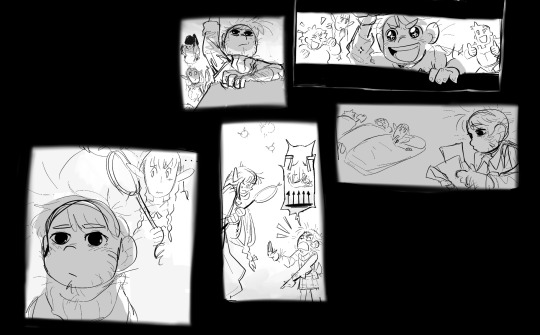
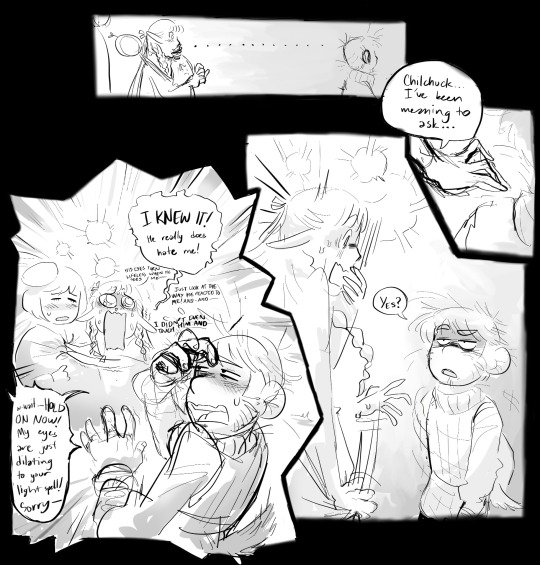
#fun little speculative evolution/biology stuff#I imagine half-foots being highly social and more active at dusk and night compared to other humans#many half-foot communities live low to the ground in tropical-temperate forested areas#some communities closer to dwarven towns choosing to burrow instead of remaining only above ground#burrowing half-foots tending to have shorter heights and tails compared to their above ground counterparts#they’d also more align to dwarven beauty standards compared to elven and tallmen (to an even higher degree)#chilchuck#marcille donato#chilchuck tims#dungeon meshi#delicious in dungeon#fanart#myart#comic#I don’t think chilchuck would be strictly a burrowing half-foot but he’d have a lot of the traits of them that helps him explore dungeons
176 notes
·
View notes
Text
Cyrtoxipha columbiana, one of my favorite local crickets
#bugs#cw bugs#insect#cricket#I wish it wasn’t winter so I could see all these little friends#temperate deciduous forest is pure nonsense
1K notes
·
View notes
Text
It is a rocky, stormy, and wild coast, one that everywhere reveals nature at its most spectacular. There are the redwood groves of Northern California, the raging rivers of Southern Oregon, the Rogue Basin, and the Umpqua forest. There is the mouth of the Columbia River, with its huge waves and foaming breakers, where ocean currents and tides collide with the deadly bars. In Washington State, there are the breathtaking sea stacks of the Olympic National Park, the Hoh River, and Quinault River valleys. Also in the park are towering fir, cedar, and spruce trees draped in ghostly mosses. Then comes an inland sea, the Salish Sea, shared by Washington and British Columbia, where snow-laden mountains — the ten-thousand-foot Mt Baker and the eight-thousand-foot Mt Olympus — shelter idyllic islands whose waters are home to the last of the southern orcas.
#old growth forest#temperate rainforest#tongass national forest#redwoods#west coast#b.c.#california#oregon#alaska
328 notes
·
View notes
Text
"Two so-called “Celtic rainforests” in the UK are to be restored with a mixture of native planting and natural reforestation.
The hope is that they will provide rich habitats for dozens of species, improve groundwater quality and flood prevention, and allow residents and tourists to experience an exceptionally rare forest biome called temperate rainforest.
The most famous and largest temperate rainforests on Earth are found in the US states of Oregon and Washington, along Brazil’s Atlantic coast (known as the Atlantic Forest), and on New Zealand.
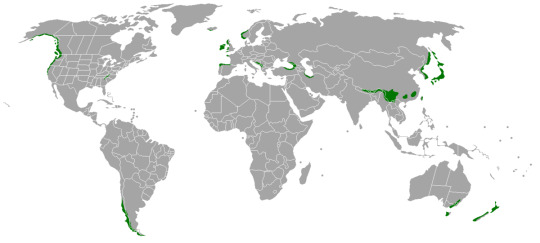
Pictured: Map of the global distribution of temperate rainforests. Source: Wikipedia
Britain, especially Wales, would have featured a certain amount of these Celtic rainforests in areas that experience high moisture content coming off the ocean, and low variations in annual temperatures.
One such place is Creg y Cowin on the Isle of Man, where 28 hectares (70 acres) of native Celtic rainforest will be planted by hand, and another 8 hectares (20 acres) left to regenerate naturally.
The Manx Wildlife Trust will be responsible for the project, and it anticipates “the return of oakwood dwellers such as wood warbler, pied flycatcher, and redstart, as well as raptors, owls, and woodland invertebrates.”
Historic agricultural dwellings called “tholtans” will be left on the landscape for their historical and cultural significance.
Elsewhere, in Gwynedd, North Wales, another 40 hectares (112 acres) of Celtic rainforest will be raised via a mixture of native planting and regeneration. The selected site is the peak and slopes of Bwlch Mawr, near the university town of Byrn Mawr.
“There’s real momentum now to restore and expand our amazing temperate rainforests, and it’s brilliant to see the Wildlife Trusts advancing their plans,” Guy Shrubsole, environmental campaigner and author of The Lost Rainforests of Britain, told the Guardian in the wake of the announcements."
-via Good News Network, 4/7/23
#uk#united kindgom#england#wales#gwynedd#rainforest#forest#temperate rainforest#rewilding#celtic#ecosystem#good news#hope
570 notes
·
View notes
Text
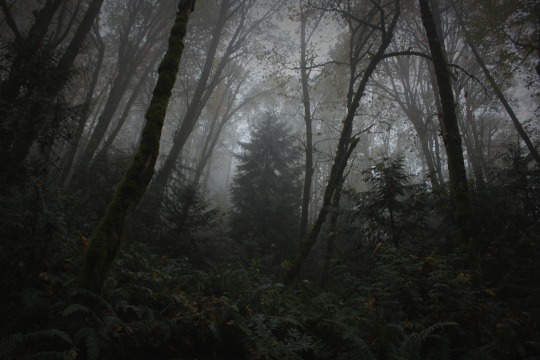
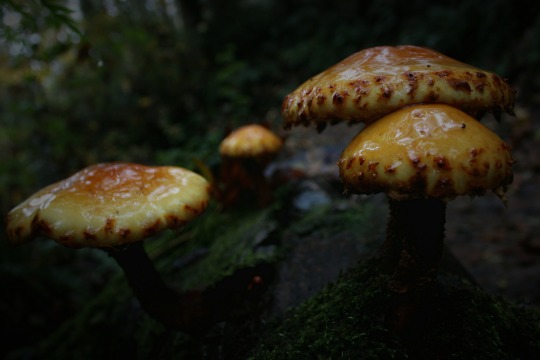

forest park, pdx
december 2014
#forest park pdx#forest park portland#pdx#pnw#pacific northwest#portland#oregon#rainforest#temperate rainforest#winter#december#2014
112 notes
·
View notes
Photo
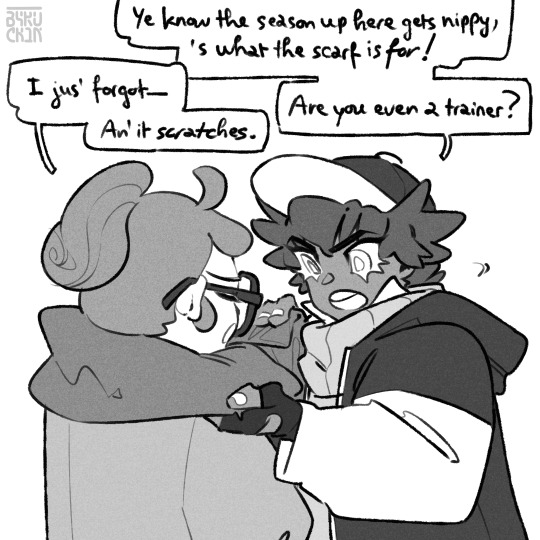

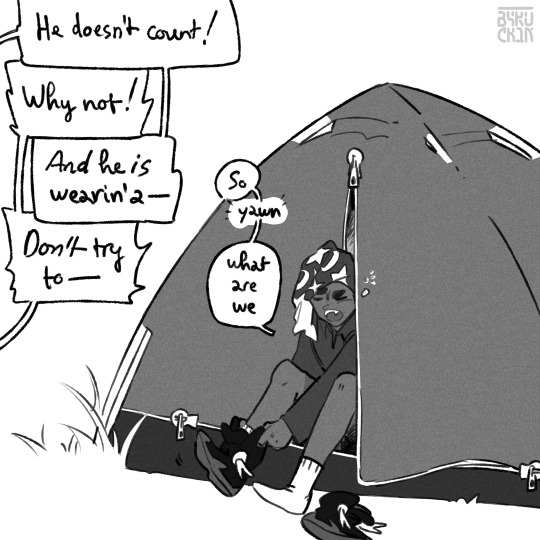

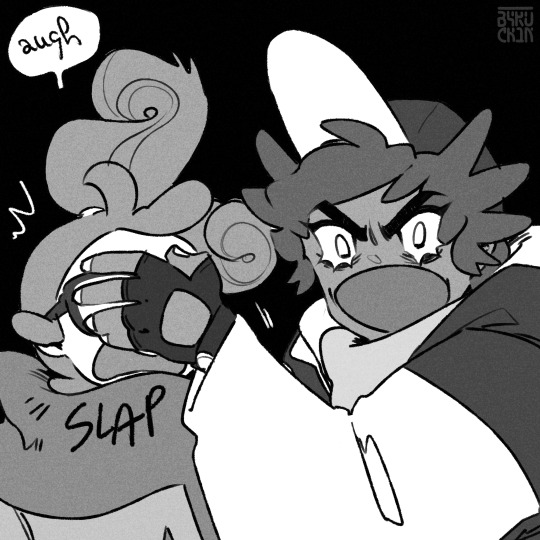
weather's turnin' cold
transcript
#pokemon#swsh#champion leon#assisant sonia#gym leader raihan#three parts of a whole idiot#hi hello! hi. wow I have NO energy recently#got sick 1.5 times. made two cakes of various levels of deflated. walked a lot. slept SO much#and the weather is indeed cooling here! in fact a storm is hitting central vietnam right now#and I uh. I dont think its gonna affect the north a lot. but thats a good thing. I do not envy the folks down there at all...#gonna keep an ear on the ground for them. hope it's all gonna turn out rather uneventful#meanwhile. I draw little comic#this is how I (chronically tropical person) feel whenever I see snow and bare skin in the same frame#it's honestly a bit funny to me always that postwick is southmost and wyndon is like. the center of the north#forest imps leon and sonia vs city slicker raihan. and now temperate beautiful weather children leon and sonia vs#hail/snow/windstorm/humidity rotate raihan#raihan's childhood dream of seeing torrential rain outside and saying 'hm no. I think not' and weather manip hammerlocke into dryness#these are not textual impressions I do not fucking remember how the weather is in in-game hammerlocke. I just think itd be funny#also my brain was doing donuts around like. leon being exasperated at raihan's bare legs every winter#until he went on T and by age 16 he's like oh. oh I get it#(that doesnt last long he's still a frostbait southerner. u see the leggings. u know how it is)#okay. I'll doodle some stuff and transcribe this tomorrow. now I sleep#have a good night lads! bundle up
669 notes
·
View notes
Text

Nimpkish River, BC
#forest#nature#canada#trees#hiking#water#british columbia#rocks#river#landscape photography#vancouverisland#temperate rainforest#nature reference#nature photography#photography#desktopwallpaper#desktop
56 notes
·
View notes
Photo


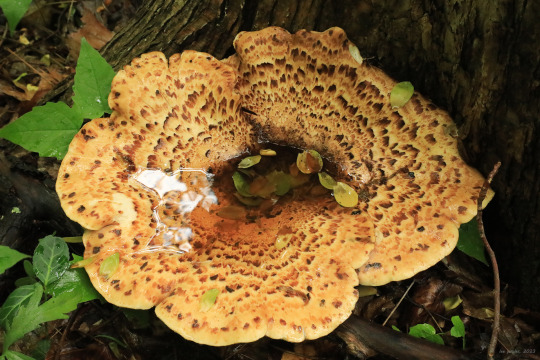







Part 1: After the Rain - Life in an Appalachian Temperate Forest.
From top: Dryad’s saddle (Cerioporus squamosus), a magnificent and edible shelf fungus of Appalachia’s spring forests; wild comfrey (Cynoglossum virginianum), a native borage sometimes also referred to as blue hounds tongue; violet wood sorrel (Oxalis violacea); American cancer-root (Conopholis americana), a parasitic plant that attaches to oak tree roots; northern maidenhair fern (Adiantum pedatum); and wild stonecrop (Sedum ternatum), also known as three-leaved stonecrop.
#appalachia#vandalia#west virginia#toms run preserve#west virginia land trust#temperate forest#rain#intense green#flora#wildflowers#fungi#may#dryad's saddle#pheasant's back#wild comfrey#blue hounds tongue#violet wood sorrel#american cancer-root#northern maidenhair fern#wild stonecrop#three-leaved stonecrop
133 notes
·
View notes
Photo

Back in the Quinault
#quinault rainforest#olympic national park#pnw#washington state#old growth forest#rorests#forest aesthetic#temperate rainforest
855 notes
·
View notes
Photo



Horsing Around with Horse Flies
Though horse flies are regarded worldwide as pests, members of the family Tabanidae are an important part of their natural environments. Adults feed on nectar, and some are specialized pollinators that have evolved to only collect from a few select flowers. Just like mosquitoes, only female horse flies feed on blood. Reproduction requires moisture; typically clean, stagnant or slow-moving water. Because of this, some species of horse fly are excellent indicators of an ecosystem’s health. Their role as disease carriers is also a valuable part of any functioning ecosystem; diseases can keep animal populations in check, and sick animals are often easier targets for predators. Horse flies themselves are also a juicy treat for amphibians, reptiles, and birds, as well as insects like wasps and spiders.
There are about 4,455 species of Tabanidae flies, the majority of which reside in the genus Tabanus. Most species share the same general body shape: a large head, a fat body supported by six legs, and one pair of wings. However, there are many variations on this pattern in terms of size, color, and specialized appendages. The smallest horse flies are only 5 mm (0.19 in) long, while the largest is over 30 mm (1.18 in). Like other flies, horse flies have a set of compound eyes made up of thousands of ommatidia: specialised units which allow them to combine input from multiple angles. The resulting image has a poor resolution, but it’s useful for detecting rapid movement-- an important tool when trying to avoid predators. The eyes of male horse flies are holoptic, meaning they meet in the middle to give the appearence of one continuous eye.
Horse flies go through a complete metamorphosis, also known as holometabolism, over the course of their lives. Eggs are laid of clusters of anywhere from 100 to 1000, typically on plants near a source of fresh water. After about six days, the larvae hatch and drop down into the water or burrow into the moist ground, and use a respiratory siphon to pull air from the surface. In temperate regions the grubs enter a stage of dormancy, while tropical horse flies develop year-round. While in this stage individuals consume a number of other insect larvae, worms, and aquatic insects. Once fully developed the horse fly larva pupates for one to three weeks, after which it emerges as a fully-grown adult. Mating can occur as soon as the wings have fully expanded, although female horse flies need to feed on large quantities of blood before depositing the egg mass, in order to provide her young with the nutrients they need to develop.
Conservation status: No horse fly species has been evaluated by the IUCN, and due to their large numbers populations are considered stable. However, some species only live in certain habitats, particularly wetlands, which are threatened by pollution or destruction.
If you like what I do, consider leaving a tip or buying me a ko-fi!
Photos
Large marsh horse fly (Tabanus autumnalis) by AJ Cann
Greenhead horse fly (Tabanus nigrovittatus) by Claudia Husseneder
American horse fly (Tabanus americanus) by Sturgis McKeever
#horse fly#Diptera#Tabanidae#true flies#flies#insects#arthropods#generalist fauna#wetlands#tropical forests#temperate forests#grasslands#Savannahs#deserts#urban fauna#north america#south america#europe#asia#africa#oceania#animal facts#biology#zoology
225 notes
·
View notes
Text
do the academics who put all their paywalled papers up on their personal websites for free know what they’ve done for me. for all of us
#literally could not figure out how I’d read a paper about vertical vegetation structure in tropical vs temperate forests#bc I kept getting paywalled on sites my uni doesn’t pay for access to#and it was. it was literally on the main author’s site#willow’s wastebin tagxon#anyways. fun paper. did you guys know that most species richness in temperate forests is found in the herb layer? because I didn’t
49 notes
·
View notes
Text

Drawing of this scene:
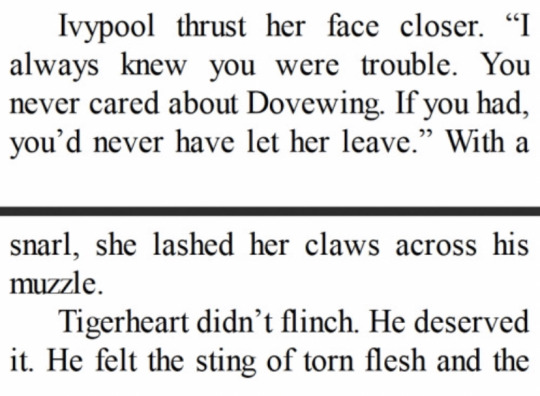
#wc#warrior cats#my art#warriors#tigerstar#tigerheart#ivypool#dovewing#I love Tigerheart he’s such a guy#he thinks with his heart and never with his head but tries to do the right things#he’s stubborn and has a temper but that’s because he’s passionate not an asshole#he’s great as a character#very glad we have this instigator around#I wish the authors tapped into this side of Tigerheart more where he thinks he deserves punishment#like he trained in the dark forest and then this he probably has some issues about what he deserves#maybe that’s why he tries so hard to do the right thing now#to make up for all of it#anyway#love Tigerheart and wish he and Ivypool properly hashed things out#and hoped that hashing out ends badly
82 notes
·
View notes